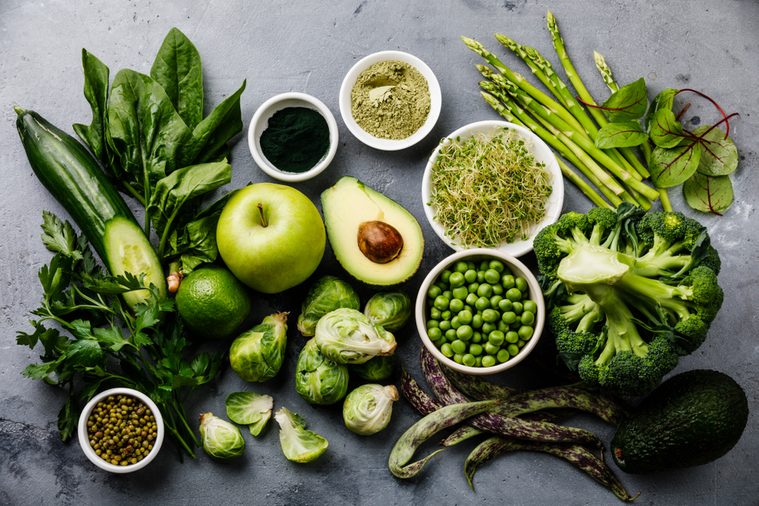
Fill up on fruits and veggies
Eating more than 5.5 servings of fruits and vegetables each day may lower breast cancer risk by 11 percent, compared with eating 2.5 or fewer servings, and this reduction is especially pronounced when it comes to more aggressive breast tumors, according to a study in the International Journal of Cancer. “This research provides the most complete picture of the importance of consuming high amounts of fruit and vegetables for breast cancer prevention,” says study author Maryam Farvid, a research scientist in the Department of Nutrition at the Harvard TH Chan School of Public Health in Boston. A serving equals one cup of raw leafy vegetables, half a cup of raw or cooked vegetables, or half a cup of chopped or cooked fruits. Here are 8 things that happen to your body when you don’t eat enough fruits and veggies.

Binge on broccoli
All fruits and veggies are good for you, but when it comes to breast cancer risk, broccoli may be the best of the best. “DIM (diindolylmethane), derived from broccoli, is a potent anti-breast cancer supplement,” says Gary H. Goldman, MD, a gynecologist and integrative women’s health specialist in New York City. Broccoli can spruce up any salad and makes a great side dish.
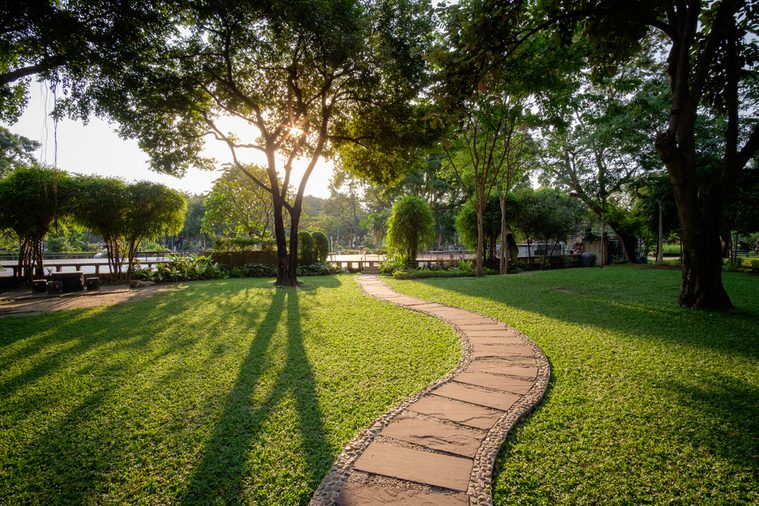
Go green
Breast cancer risk is lower in women who live near parks or gardens or other urban green spaces, according to a study in the International Journal of Hygiene and Environmental Health. “We found a reduced risk of breast cancer among women living …closer to urban green spaces. By contrast, women living closer to agricultural areas had a risk higher,” says study author ISGlobal researcher Cristina O’Callaghan-Gordo, PhD, an assistant research professor at the Barcelona Institute for Global Health. “The findings suggest that the association between green space and a risk of breast cancer is dependent on the land use.” Find out the 15 myths about breast cancer you can safely ignore.
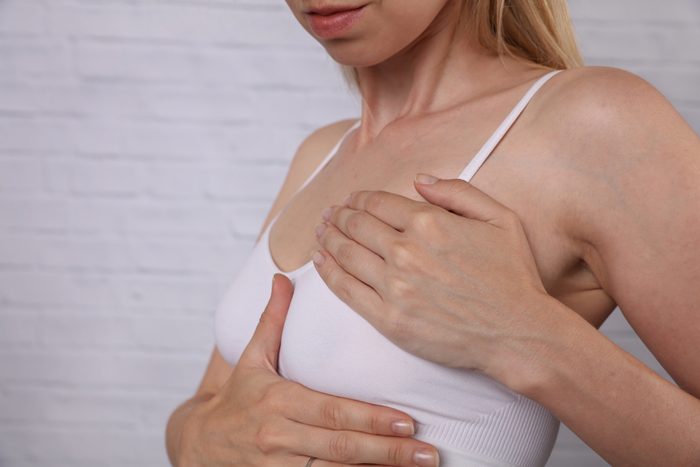
If you see something, say something
If you see or feel something on your breasts that doesn’t seem right, check in with your doctor. “Some warning signs of breast cancer can include a new lump or mass, dimpling of the breast or nipple, swelling or redness, scaliness or an ulcer on the nipple, spontaneous discharge, and a lump in the underarm,” says Therese Bevers, MD, professor of clinical cancer prevention and medical director of the Cancer Prevention Center at The University of Texas MD Anderson Cancer Center in Houston. “Many of these changes are not cancer, but it’s important to have them checked out by a healthcare professional.”
Don’t skip your yearly mammogram
Women who are at average risk for breast cancer should get an annual screening mammogram and clinical breast exam by a doctor starting at age 40. “Mammograms have been shown to decrease the stage at diagnosis of breast cancer,” says Sarah P. Cate, MD, assistant professor of Surgery at Icahn School of Medicine at Mount Sinai and the director of the Special Surveillance and Breast Program at Mount Sinai Chelsea Downtown in New York City. The American Cancer Society advises women to start annual mammograms at 45. “If you are at an increased risk of breast cancer, you should start mammography earlier,” says Dr. Cate. If your mammogram comes back abnormal, here are the 7 questions you must ask.
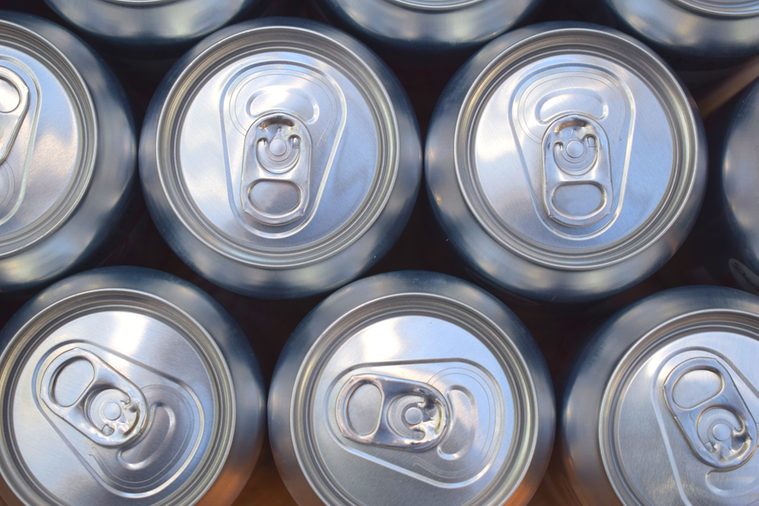
Just say no to “ultra-processed” foods
Skipping sodas, packaged snacks, instant noodles, chicken nuggets, and frozen meals may lower your risk for developing breast cancer, according to a study in BMJ. A 10 percent increase in the proportion of ultra-processed foods in the diet is associated with a 10 percent increase in risks of overall cancer and breast cancer, the study showed.
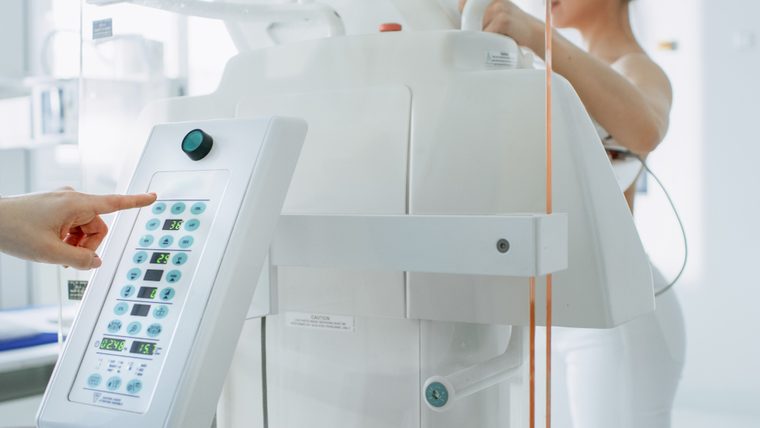
Try a better mammogram
An annual mammogram compresses the breasts and can be painful. For some women, the fear of being uncomfortable may result in skipped appointments. Solis Mammography’s Smart Curve technology is designed specifically for the curvature of the female breast and helps make the screens comfy and even more accurate.
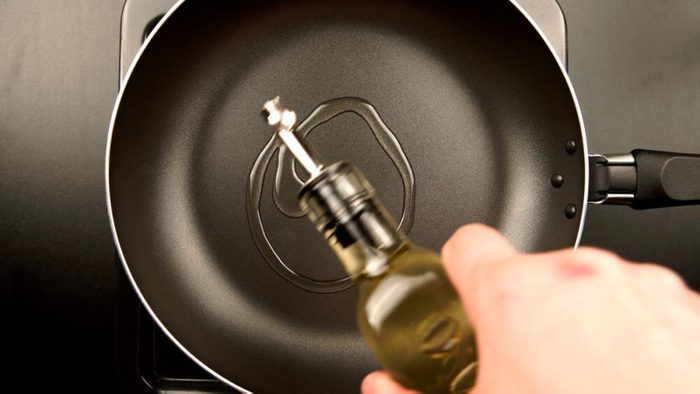
Cook with olive oil
A big part of the healthful and life-extending Mediterranean diet, olive oil may also help reduce breast cancer risk, according to a Spanish study in JAMA Internal Medicine. In the five-year study of 4,300 women who consumed a Mediterranean-style diet, one group of women consumed extra servings of extra virgin olive oil, another added an extra serving of nuts, and the third control arm reduced fat. The group supplemented with olive oil had 62 percent fewer breast cancer diagnoses than the women who only cut back on fat. (These are breast cancer symptoms you might not know about.)
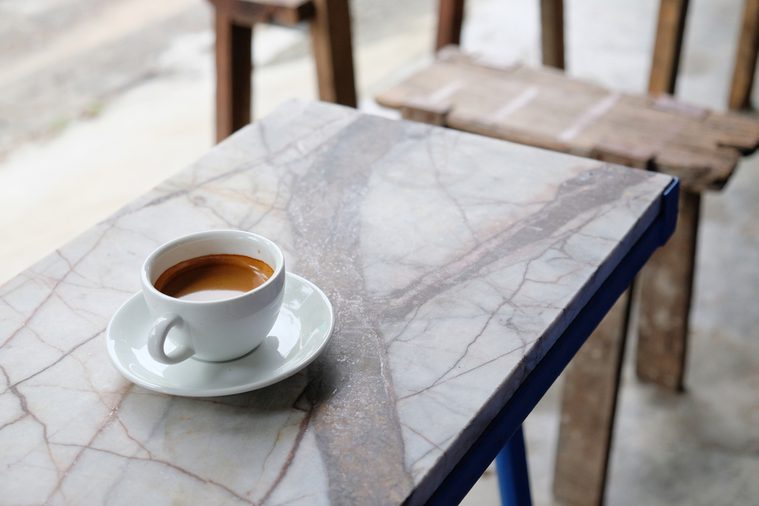
Enjoy your morning joe
Java junkies, rejoice! That daily cup of joe that gets you going in the a.m. may also reduce your chances of developing breast cancer. Coffee drinkers had a lower incidence of breast cancer than women who rarely drank coffee, but once researchers controlled for lifestyle factors affecting breast cancer rates, such as age at menopause, exercise, weight, education, and family history, the protective effect of coffee was only measurable for estrogen receptor-negative breast cancers. The findings are published in Breast Cancer Research.
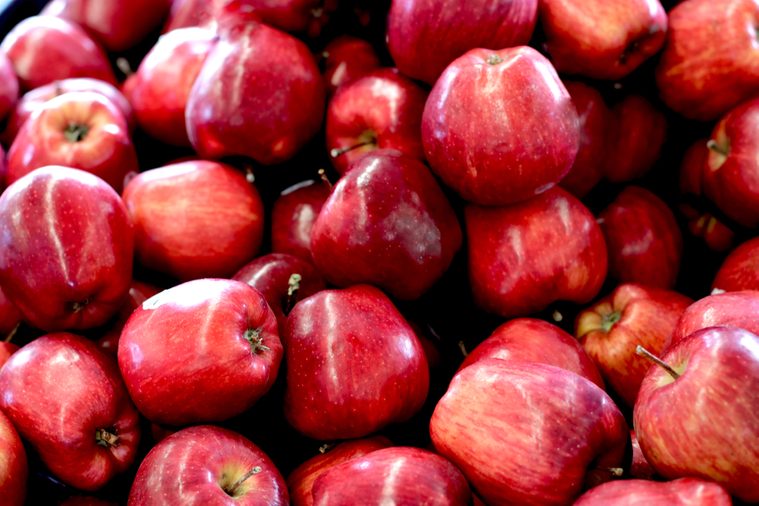
Don’t upset the apple cart
An apple a day really may keep the doctor away. Apples and their peels are loaded with cancer-fighting compounds called triterpenoids and phytochemicals that can inhibit or kill tumor growth in breast cancer cells, Cornell University researchers report in the Journal of Agricultural and Food Chemistry.

Go nuts
When mice with human breast cancer ate the human equivalent of two servings of walnuts each day, they slowed their cancer’s growth rate, according to a study in Nutrition and Cancer from the Marshall University School of Medicine in Huntington, West Virginia. Plus, the group of mice that ate walnuts had fewer tumors than those that didn’t eat the nuts. Walnuts contain more antioxidants of higher quality than other nuts. Find out 10 more foods that can lower your breast cancer risk.
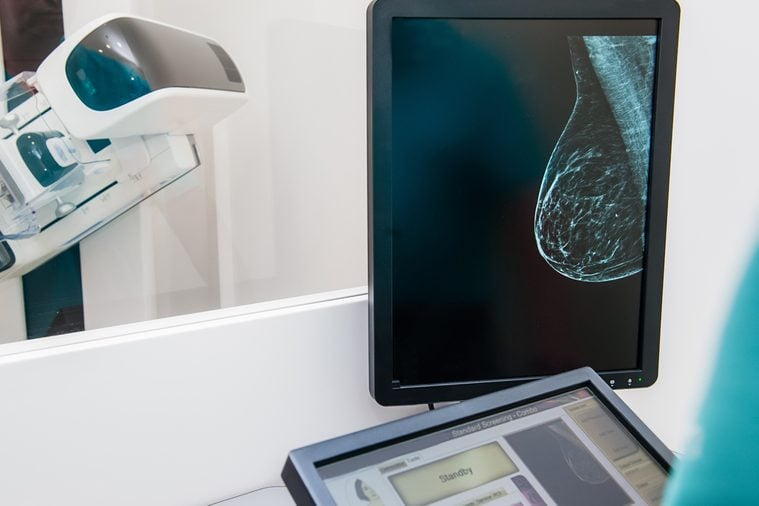
Know your density
Knowing your breast density can give you a head start on breast cancer. In a study of more than 100,000 women and more than 300,000 screening exams, breast density was linked to greater risk for breast cancer, and women with dense breasts showed higher rates of additional rescreening and biopsies compared with women who had non-dense breasts.”Women who participate in mammography screening need to know if they have dense breast tissue and, if so, discuss with their healthcare providers screening beyond the mammogram,” says Nancy M Cappello, PhD, founder of Are You Dense, Inc. and Are You Dense Advocacy, Inc. “Women with dense breast tissue have a higher than average risk of getting breast cancer. Additionally, mammograms can mask cancer in dense breasts, making it challenging to detect cancer at its earliest stage.” Learn more about screening dense breasts at Are You Dense.
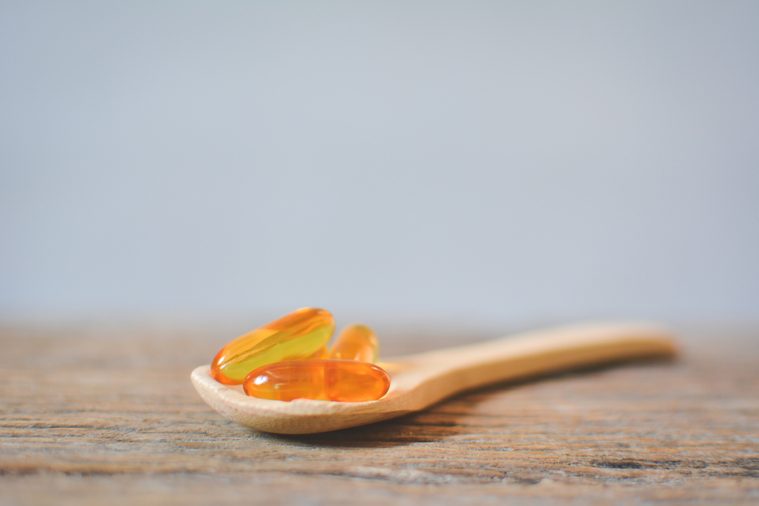
Hop on the D Train
High blood levels of vitamin D may reduce breast cancer risk, a new study suggests. Women with higher vitamin D blood levels (60 ng/mL or more) had an 80 percent lower risk for breast cancer than those with the lowest levels (20 ng/mL or less). Among women with vitamin D blood levels between 20 and 60 ng/mL, the higher their level, the lower their risk of breast cancer. Researchers can’t say for sure that higher D levels will prevent breast cancer—only that there appears to be a link. Joan M. Lappe, PhD, Crises/Berne Professor of Nursing and investigator at the Osteoporosis Research Center at Creighton University in Omaha, Nebraska, was the principal investigator of the two NIH-funded trials conducted at Creighton University that were included in the PLOS study. “This study provides strong support that vitamin D plays an important role in breast cancer prevention,” says Lappe. “It also demonstrates that blood levels of vitamin D for breast cancer prevention need to be higher than currently recommended levels for bone health.” The National Academy of Sciences recommends that having vitamin D blood levels of 20 ng/ml or above is adequate for bone health.
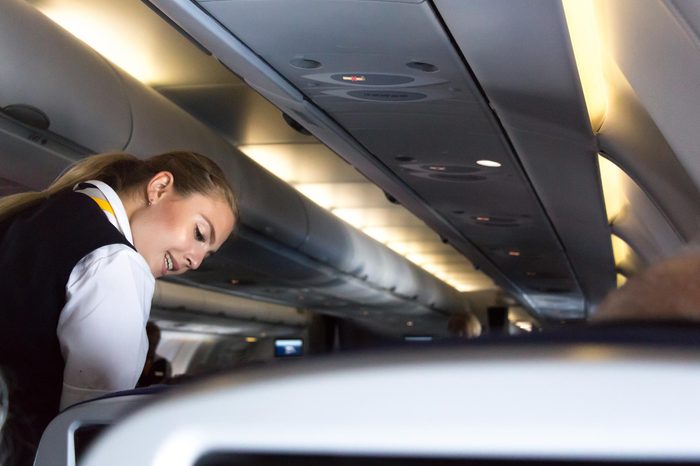
Reconsider your frequent flier miles
Flight attendants may face a greater-than-average risk for breast cancer, according to a study in Environmental Health. When compared with women in the general U.S. population, female flight attendants had a 51 percent higher rate of breast cancer. While experts are unsure why the risk jumps, some theorize that exposure to cosmic ionizing radiation from outer space may be the culprit. At flight altitudes, people are exposed to higher levels of it and aircrew have the highest average levels of all U.S. workers. The fact that flight crews have irregular sleep schedules may also play a role.
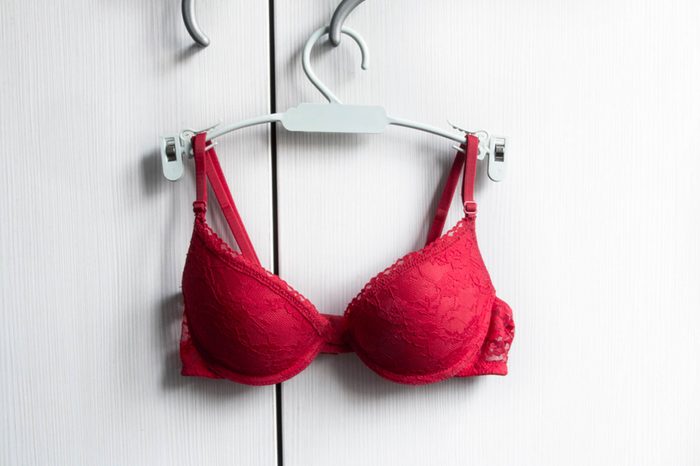
Mind your lumps
If you have lumps, nipple retraction or nipple discharge at your regular breast cancer screening, you may be being more likely to develop breast cancer before your next appointment, a new study finds. Compared to women with no symptoms, those with a lump had more than triple the risk for a breast cancer diagnosis before their next scheduled screening. Those with nipple discharge had twice the odds, and those with nipple retraction were 1.5 times more likely to get a cancer diagnosis. The study findings were presented at the 11th European Breast Cancer Conference in Barcelona. “This means that women with breast symptoms should undergo further assessment irrespective of mammography findings,” says Deependra Singh, MPH, a researcher at the Finnish Cancer Registry, Helsinki, Finland. “In addition, the higher risk of interval cancers means further assessment is not the complete solution; mammography doesn’t detect all breast tumors and can miss about 35 to 40 percent of them. So women with symptoms, especially with a lump, should be invited at shorter intervals, before their normal scheduled date.” Here are 9 breast cancer symptoms that aren’t lumps.
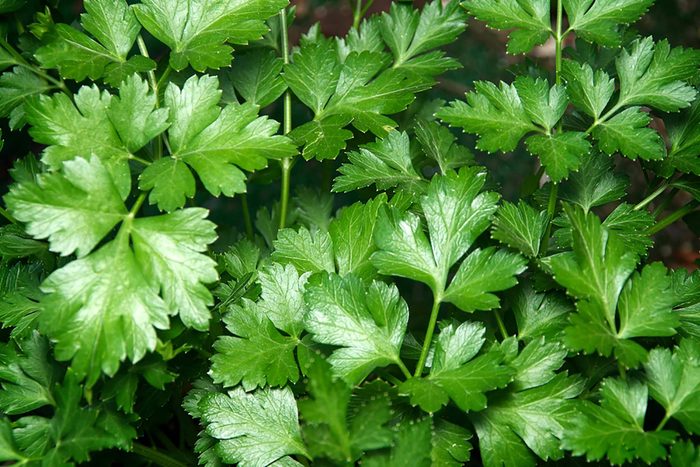
Sprinkle some parsley on your pasta
Parsley contains a plant compound called apigenin. In a study of rats with breast cancer who were exposed to apigenin, the rats developed fewer tumors and experienced significant delays in tumor formation. The findings appear in Cancer Prevention Research.
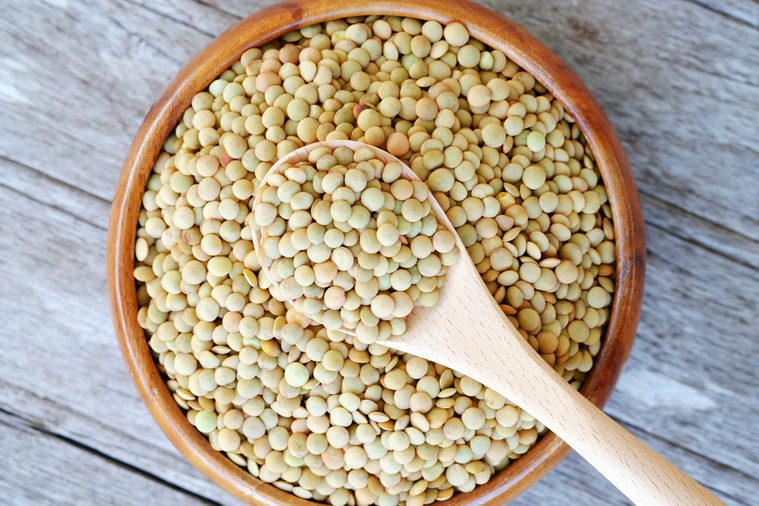
Fill up on fiber
Women who eat more high-fiber foods as young adults lower their overall breast cancer risk by 16 percent and their risk of breast cancer before menopause by 24 percent, according to a study in Pediatrics. For each additional 10 grams of fiber intake daily during early adulthood, the women’s breast cancer risk dropped by 13 percent. Eating more fiber-rich foods may lessen breast cancer risk by reducing high estrogen levels in the blood, the study authors suggest. Estrogen is known to feed certain breast tumors.
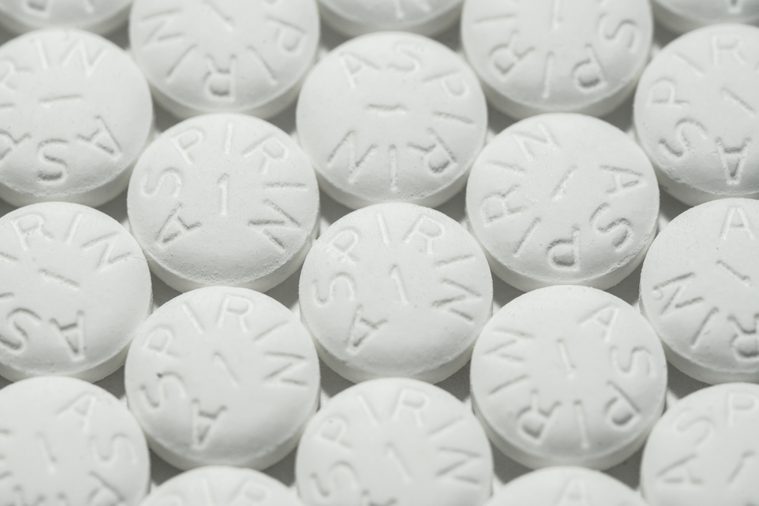
Take a baby aspirin a day
Taking a daily baby aspirin is known to lower risk for heart disease and stroke, and now research finds that taking low-dose aspirin at least three times a week reduces the overall risk of breast cancer by 16 percent. What’s more, this habit can cut the risk of HER2-negative breast cancer (the most common type) by 20 percent, according to the study in Breast Cancer Research. Exactly how aspirin exerts its anti-cancer effects is not fully understood, but it could be that it cools inflammation linked to breast cancer. Keep in mind that aspirin is not free of side effects (it can thin the blood and cause gastrointestinal problems), so check with your doctor first.
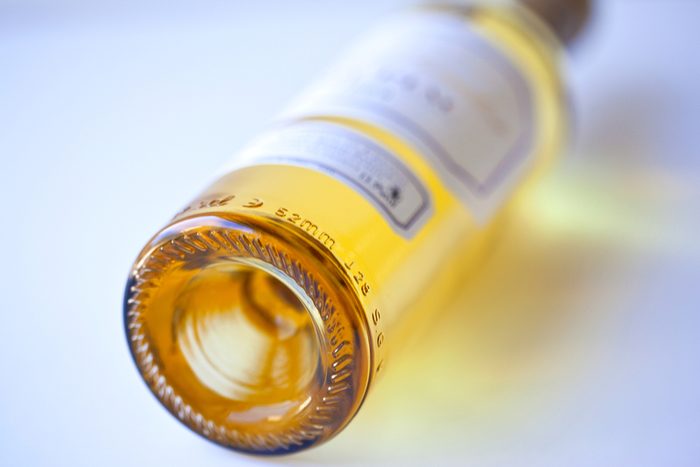
Hold back at happy hour
Women who drink 14 or more drinks weekly are nearly 35 percent more likely to develop breast cancer than women who have fewer than five drinks weekly, suggests a study published in Cancer Epidemiology, Biomarkers & Prevention. This study was conducted with African American women, and it mirrors the findings seen in studies of white women. “Having five or more drinks per week is a moderate risk factor for breast cancer, says Dr. Cate. “This means that it increases your risk by 1.5 times the baseline population,” she says. “Alcohol is also a risk factor for pancreatic cancer, and therefore should be minimized.”
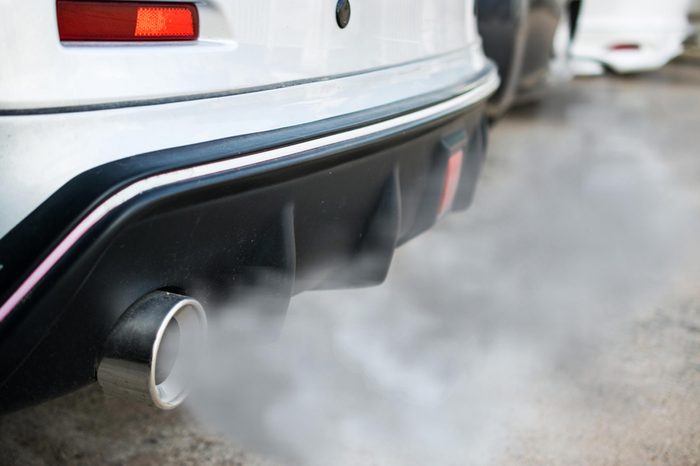
Reduce your carbon footprint
Air pollution has already been linked to a host of health problems, and a study published in the 2010 Environmental Health Perspectives suggests that it may contribute to breast cancer as well. Researchers at McGill University and Université de Montréal discovered a strong link between post-menopausal breast cancer and exposure to nitrogen dioxide, a greenhouse gas in the atmosphere. Everyone can do something to reduce greenhouse gas emission and lower their carbon footprint. The Environmental Protection Agency recommends these steps.

Stand up
Sitting most of the day—in the car, at work, and at home on the couch—raises your risk of a growing list of diseases. Research from the American Cancer Society found that women who sit for six or more hours a day are 10 percent more likely to develop myeloma, ovarian, and invasive breast cancers than women who sit for less than three hours daily. The study authors recommend parking farther away from where you’re going, standing during conference calls and taking a one-to-two minute standing or walking break every hour. The study appears in Cancer Epidemiology, Biomarkers & Prevention.
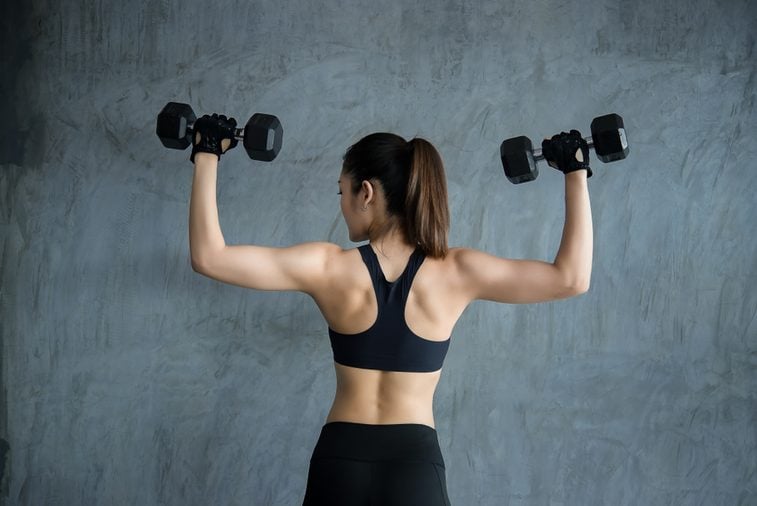
Change the things you can
Family history can be a powerful breast cancer predictor and protector. If you have close relatives who’ve been diagnosed with breast cancer, you’re at higher risk. Genes aren’t destiny, and there are steps you can take to lower your risk for breast cancer including eating a healthy diet, maintaining a normal weight, exercising and getting screened more frequently. “Diet and exercise are the way to go for breast cancer prevention,” says Dr. Cate. Find out more simple ways you can prevent cancer.
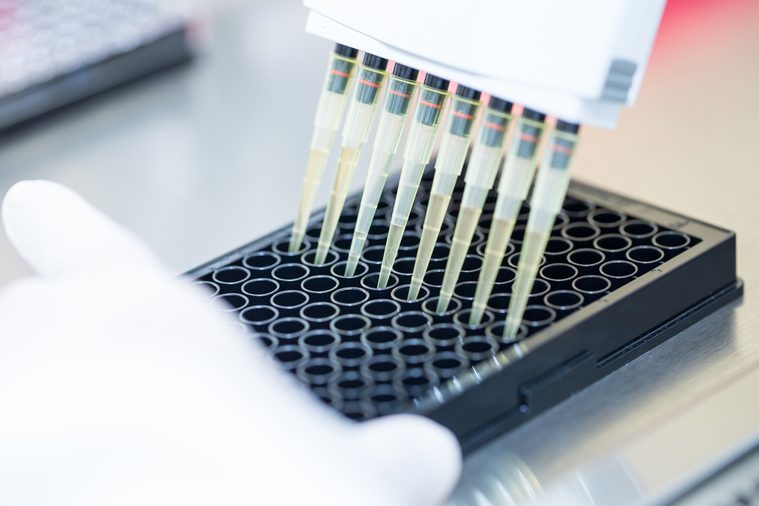
Consider genetic testing
Some women who have a strong family history of breast cancer may undergo genetic testing and find that they test positive for the breast cancer genes—BRCA1 or BRCA2. For these women, risk reduction surgery—removal of the breasts—can dramatically reduce the chances of developing breast cancer, according to research published in JAMA.
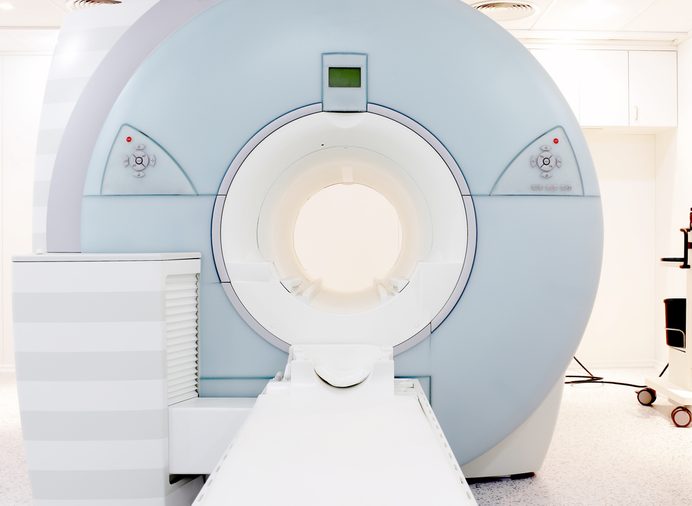
Get personal about screening
Women who are at increased risk of breast cancer may need more aggressive screening such as mammograms starting at younger ages or a special breast imaging test called an MRI. Research in Clinical Cancer Research suggests that MRI scans twice a year instead of one annual mammogram may be more effective at detecting early breast cancers in young women who test positive for breast cancer genes, compared to mammograms alone. Discuss your personal risk factors with your doctor and come up with a protocol that works best for you, says Priya Thomas, MD, an assistant professor in the Division of Clinical Cancer Prevention at The University of Texas MD Anderson Cancer Center at Houston, TX.
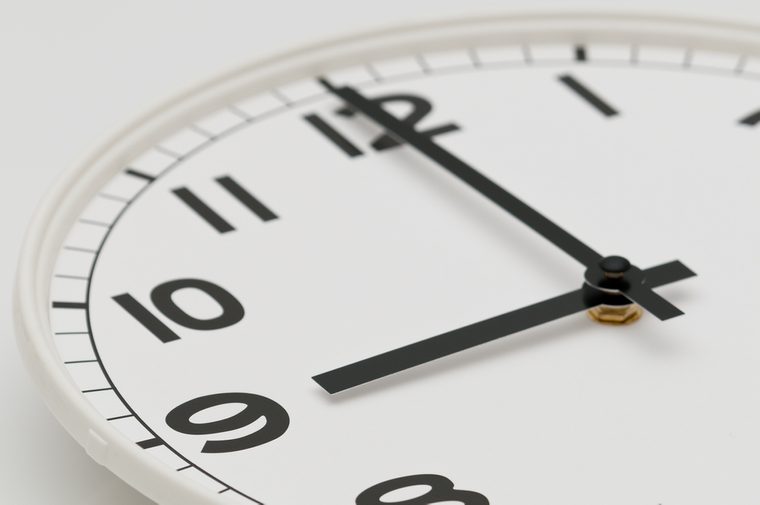
Take dinner early
People who ate dinner before 9 p.m. and waited at least two hours before going to sleep had a 20 percent lower risk of breast and prostate cancers compared with those who dinner after 10 p.m. or who eat and go to bed right afterward. No one is sure why this is, but going to sleep on a full stomach likely disrupts your circadian rhythms. Instead of deep, restorative sleep, your body is working hard to digest and metabolize your food, theorize the study authors. The findings appear in the International Journal of Cancer.
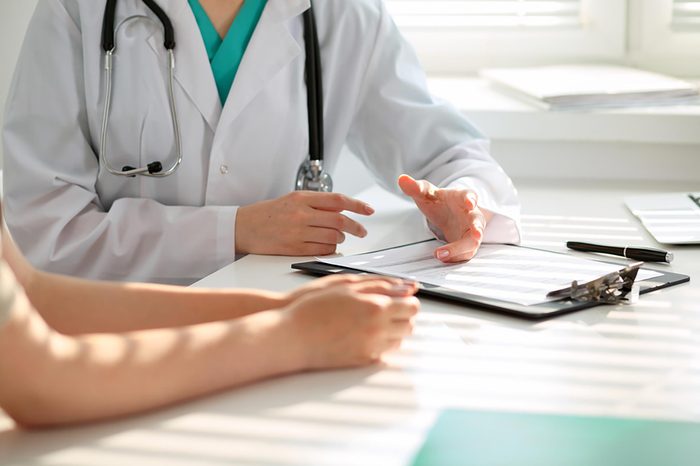
Don’t panic
It’s easy to hit the panic button when you notice a lump in your breast, but most of the time, the lump is caused by something other than cancer. Here are 7 times when a lump in your breast actually isn’t cancer.
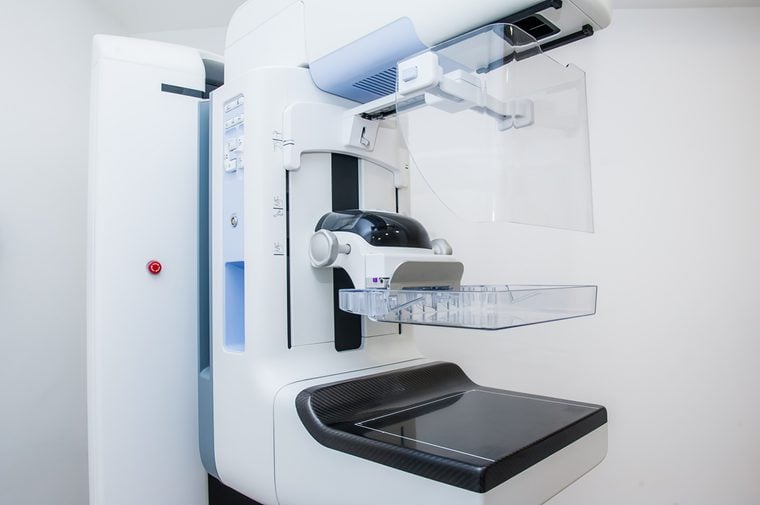
Do ignore these breast cancer myths
Mammograms cause breast cancer?! Nope—all experts agree this is silly, and it’s just one of many myths about breast cancer, and these myths can prevent you from doing what you need to do to protect yourself.
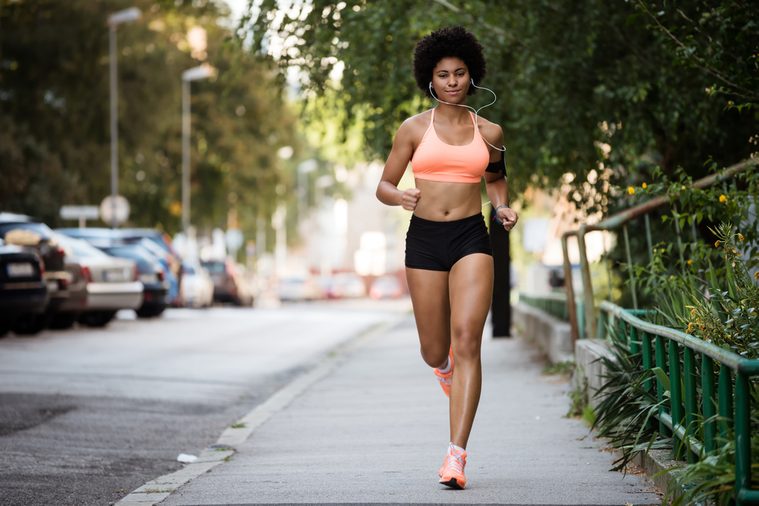
Get moving
“The exercise recommendations are similar for preventing all cancers,” says Dr. Thomas. “We recommend 150 minutes of moderate-intensity cardiovascular exercise or 75 minutes of vigorous exercise each week, with two days of strength training mixed in,”
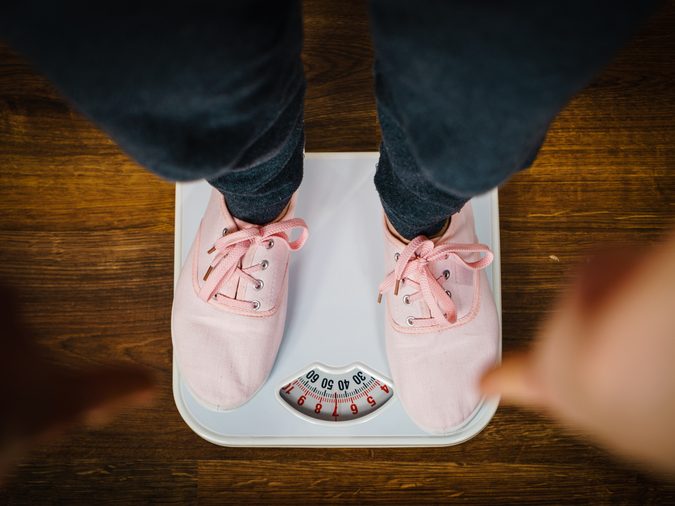
Stay slim and trim
Fat cells make the hormone estrogen and many breast cancers are fueled by estrogen, Dr. Cate explains. “In addition, a healthy weight is so important for the prevention of heart disease, which is still the number one killer of women in the USA.”
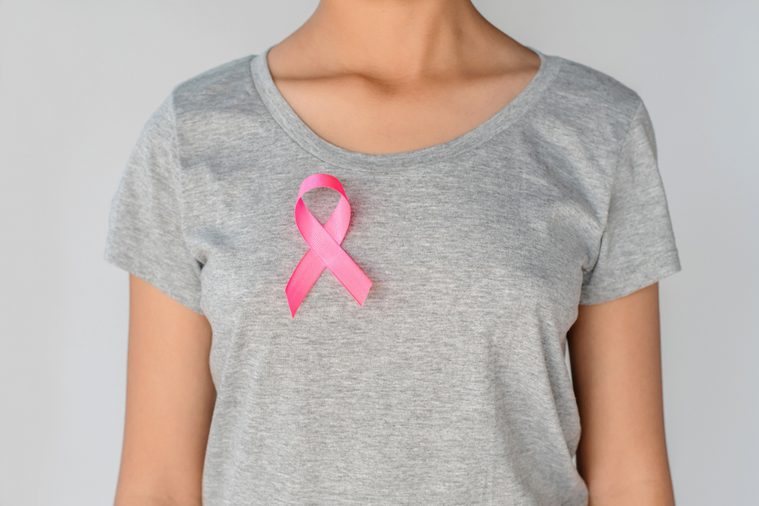
Think pink
October is the month where we start seeing pink ribbons popping up everywhere—even on NFL players. These ribbons raise awareness and dollars for breast cancer. Consider donating to a worthy breast cancer charity or purchasing products with pink ribbons on them—a percentage of the proceeds go to a breast cancer charity. Thanks to all of these efforts, breast cancer is on a list of diseases that may be cured within our lifetime.
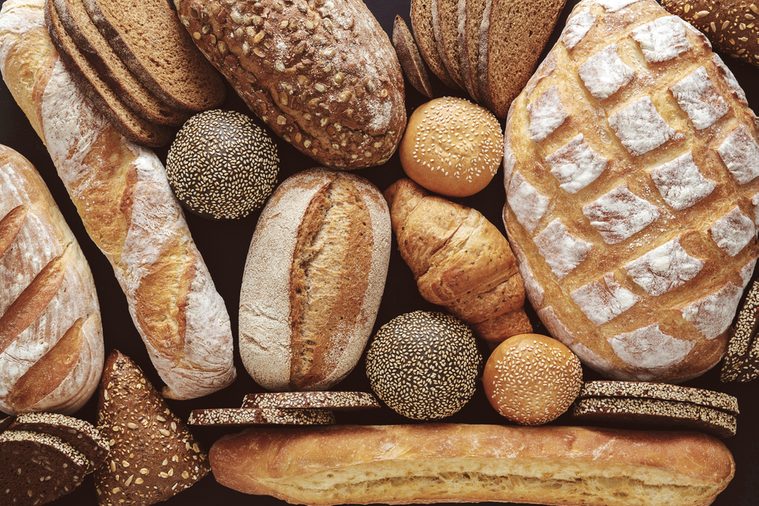
Extinguish inflammation
Experts believe that inflammation may be the smoking gun for many diseases—including breast cancer.” Avoid high inflammation foods like gluten and carbohydrates,” says Dr. Goldman.
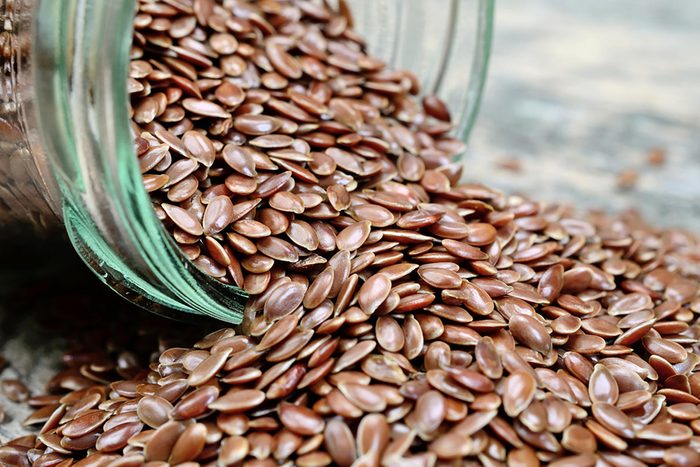
Sprinkle some flaxseeds on your cereal
Ground flaxseeds may be an anti-estrogen and anti-cancer agent, Dr. Goldman says. “Add some to your smoothie or yogurt daily.”
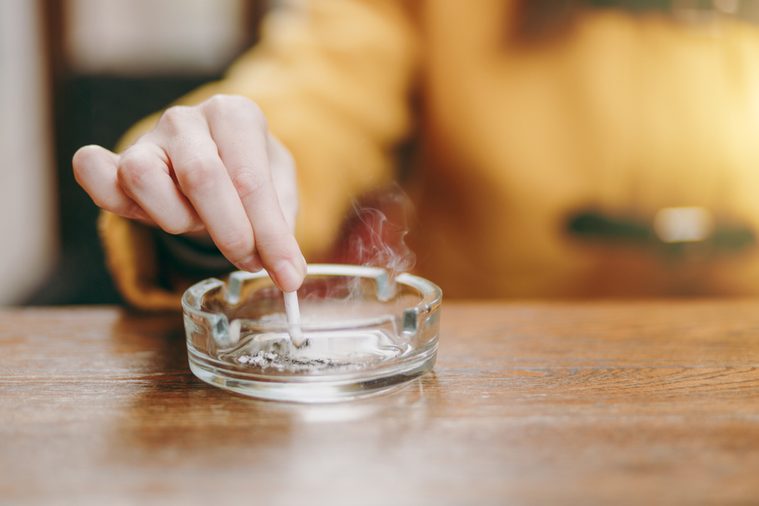
Quit smoking
Smoking is a risk factor for breast cancer, along with countless other cancers and diseases. If you do smoke, quit. Quitting is your only option to reduce this risk. Find out what oncologists do to reduce their cancer risk.
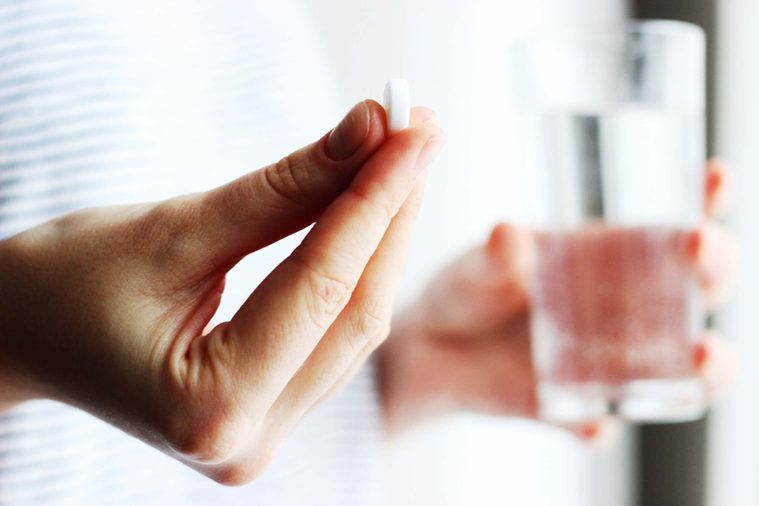
Go easy with HRT
Hormone replacement therapy (HRT) was once widely prescribed to women to alleviate the vexing symptoms of menopause, but when a major trial was stopped early due to the increased risk of breast cancer, stroke, blood clots, and heart disease among HRT users, the therapy’s use declined dramatically. “Try to avoid HRT, and if you do need it, take the lowest dose possible for the shortest amount of time possible,” Dr. Thomas advises.
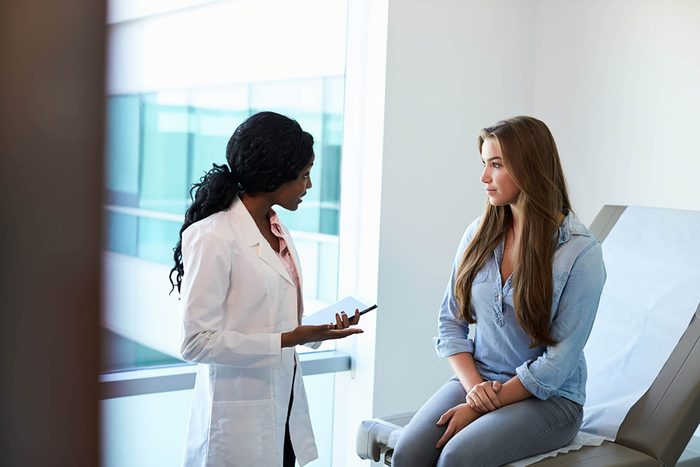
Do all that you can
If you have a family history of breast cancer, have had an abnormal breast biopsy or history of radiation exposure to your chest, you are considered high risk for cancer. “Seeing your physician to calculate your risk may be beneficial as there are medications including tamoxifen and raloxifene that are available and can lower risk of breast cancer in certain high-risk groups,” Dr. Thomas says. Your doctor can let you know if you are a good candidate for these risk-reducing drugs.
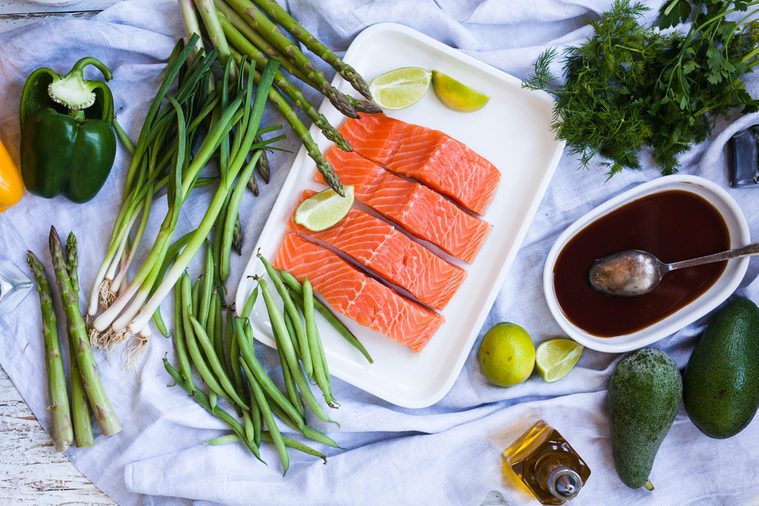
Choose salmon over steak
Salmon is rich in healthy omega-3 fatty acids, and in addition to other health benefits, this fatty fish may also lower risk for breast cancer. South Korean researchers report that women who ate the most servings of fatty fish in the study had the lowest risk for breast cancer. Their findings appear in BMC Cancer. Here are 29 foods proven to prevent cancer.
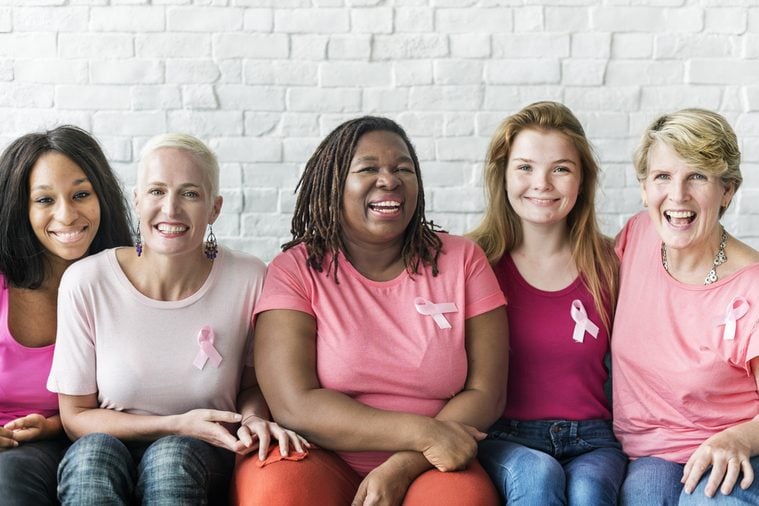
Reach out
Each year, thousands of women are diagnosed with breast cancer. They may feel scared and alone. Here are 10 caring ways to support a co-worker who has breast cancer.
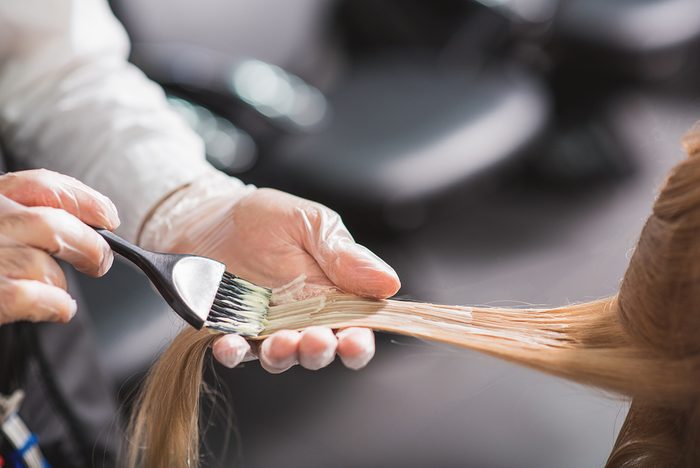
Go natural
You may want to cancel your next salon appointment after reading this: Black women who use dark hair dyes face a higher risk of breast cancer, while chemical relaxers and straighteners boost the odds in white women, according to a study of more than 4,000 women. The study can’t say for sure that these hair treatments cause breast cancer, but it did find a strong correlation. The findings are published in Carcinogenesis.
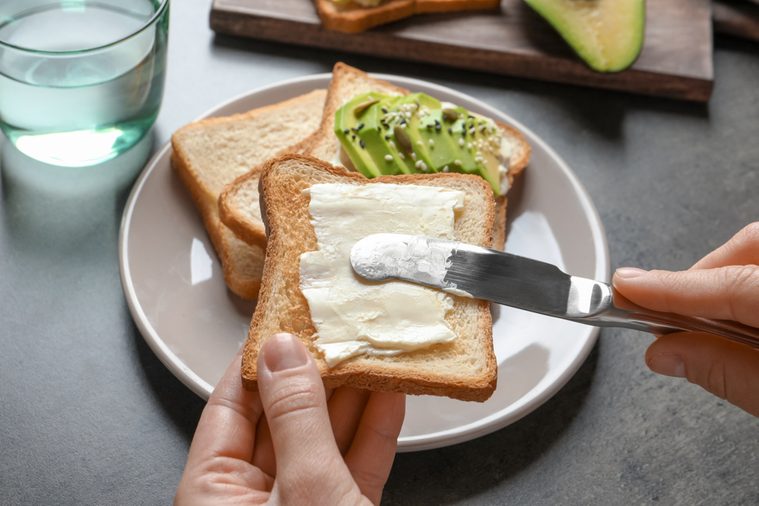
Avoid hormones in food
Hormones feed certain breast cancers, Dr. Goldman says. “Meats should be lean, grass-fed, minus antibiotics or hormones, and butter should come from grass-fed animals and without antibiotics or hormones.” Don’t miss 9 causes of cancer that might surprise you.
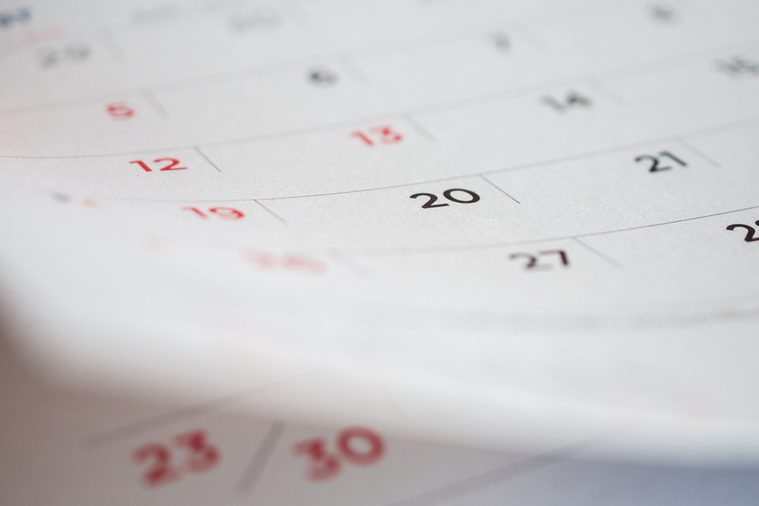
Think about your breast health all year
Yes, it’s great that we have an entire month devoted to raising awareness about breast cancer, but it’s important to take care of your breasts all year round. This includes scheduling (and keeping) your annual visit with your gynecologist, being on the lookout for signs and symptoms of breast cancer, and making healthy choices every single day, Dr. Cate says.
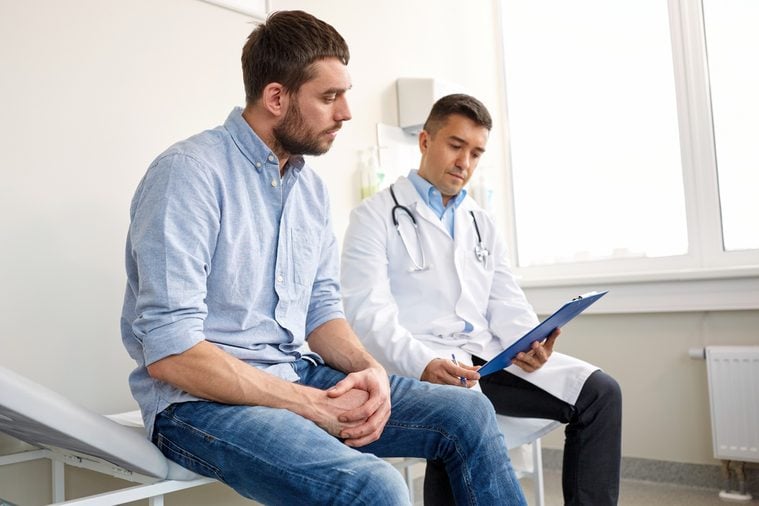
Don’t think breast cancer is just for women
While almost no men realize it, they are also susceptible to breast cancer. Here are some of the early symptoms of breast cancer in men.
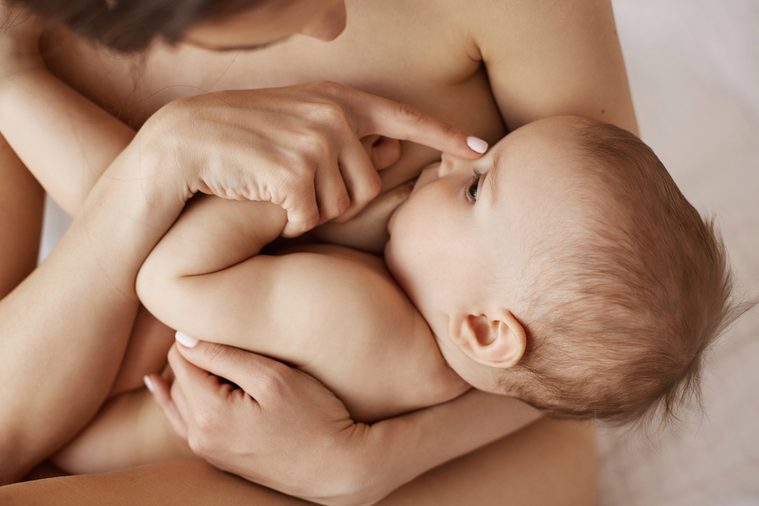
Breastfeed, if you can
It is isn’t always easy or feasible for a woman to breastfeed, but those who do may have a modestly decreased risk of breast cancer—especially if they breastfeed for longer than a year, according to breastcancer.org. Producing milk seems to limit abnormalities in breast cells; also, most women get fewer menstrual periods when they’re breastfeeding, and that equals lower estrogen levels. Finally, breastfeeding women tend to make healthier choices and avoid alcohol or smoking. “If you bear children, breast-feed your babies for as long as possible, if you are able,” says Anne McTiernan, MD, PhD, a cancer prevention researcher at the Fred Hutchinson Cancer Research Center in Seattle and the author of Starved: a Nutrition Doctor’s Journey from Empty to Full.” If you are interested in breastfeeding or having trouble getting the hang of it, speak to a lactation consultant.
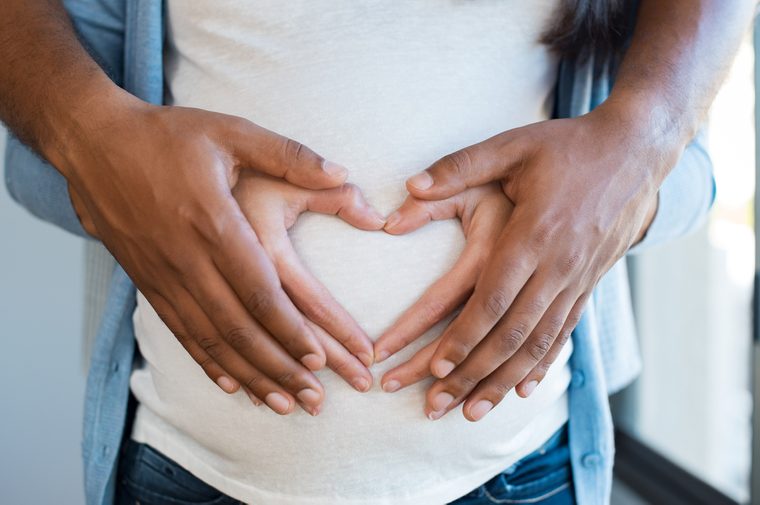
Don’t wait too long to have children
Of course, reducing the risk of breast cancer is not a reason to have children—but if you know you want a family, not putting it off may offer some protection. Research suggests that women who conceive children earlier in life have a lower risk of breast cancer. “Women who haven’t had a full-term pregnancy or have their first child after age 30 have a higher risk of breast cancer compared to women who gave birth before age 30,” states breastcancer.org.
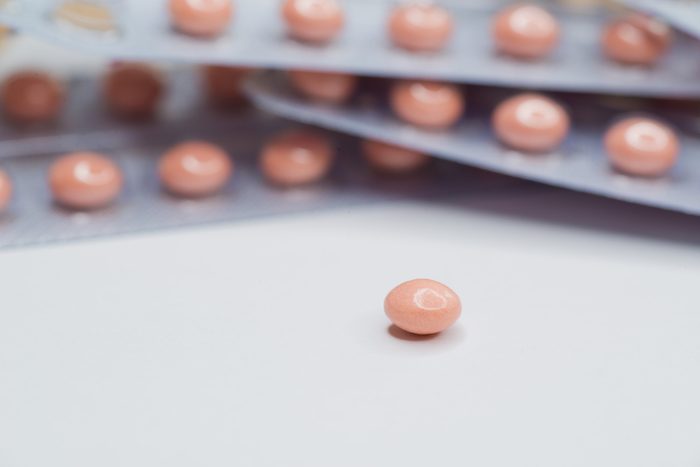
Talk to your doctor about your birth control options
Oral contraceptives can help prevent unwanted pregnancies, but they may also cause a “small but significant increase in the risk of breast cancer,” according to a large study in the New England Journal of Medicine. For every 100,000 women using hormonal birth control, there are 68 cases of breast cancer annually, compared with 55 cases a year among nonusers, the study showed. Talk to your doctor about the best birth control method for you.
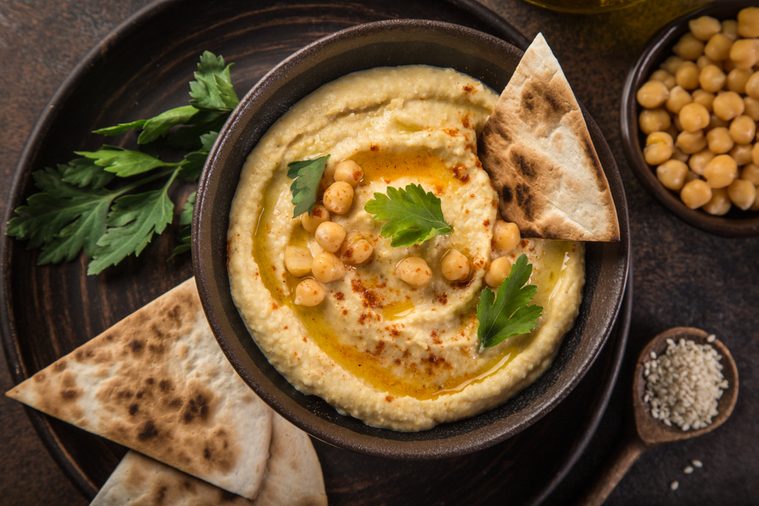
Eat like a Greek
You’ve likely heard about your gut microbiome, and how a balance of good and bad bacteria in the gut is the key to optimal health. New research suggests your breasts have a microbiome too that is also altered by diet. “Being able to shift the breast microbiome through diet may offer a new approach to preventing breast cancer or at least reducing the risk,” says the study’s lead author, Katherine Loree Cook, PhD, assistant professor of surgery, hypertension, and cancer biology at the Wake Forest Baptist Medical Center in Winston-Salem, NC, in a news release. In the study, female monkeys were fed a diet that mimicked either a high-fat Western diet or a plant-based Mediterranean diet for two-and-a-half years, and the group that ate the Mediterranean diet had a different set of bacteria in their breast tissue than those that ate the Western diet. Specifically, following the Mediterranean diet led to about a 10-fold increase of mammary gland lactobacillus, a bacteria that seems to decrease breast cancer tumor growth. These are foods that cancer doctors never eat.
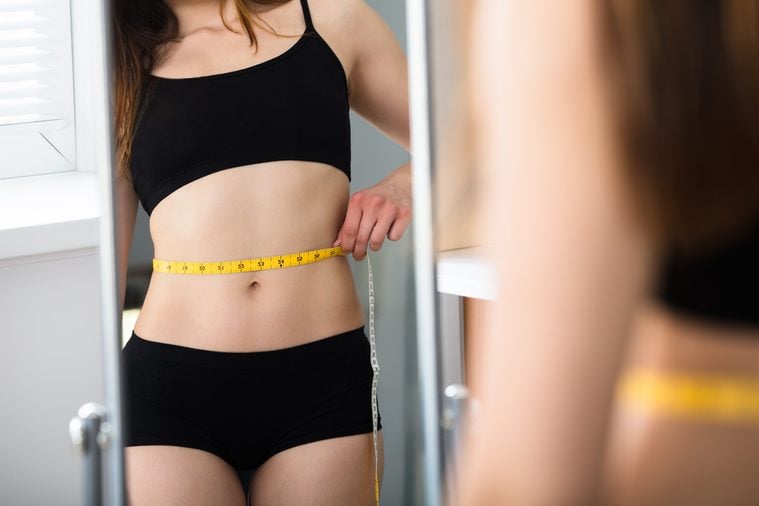
Watch your waistline
Being overweight or obese—especially after menopause—raises your odds of developing breast cancer, and one of the best breast cancer prevention tips is to maintain a healthy weight. Regular physical activity, making necessary dietary changes, and practicing portion control are all part of a successful weight loss/management strategy. “Try to stay within five to ten pounds of what you weighed at age 18,” says Dr. McTiernan. “The best way to avoid weight gain and avoid overweight or obesity is to eat a diet featuring vegetables and fresh fruit and few high-calorie foods like sugared drinks, refined carbohydrates, and fatty foods.”
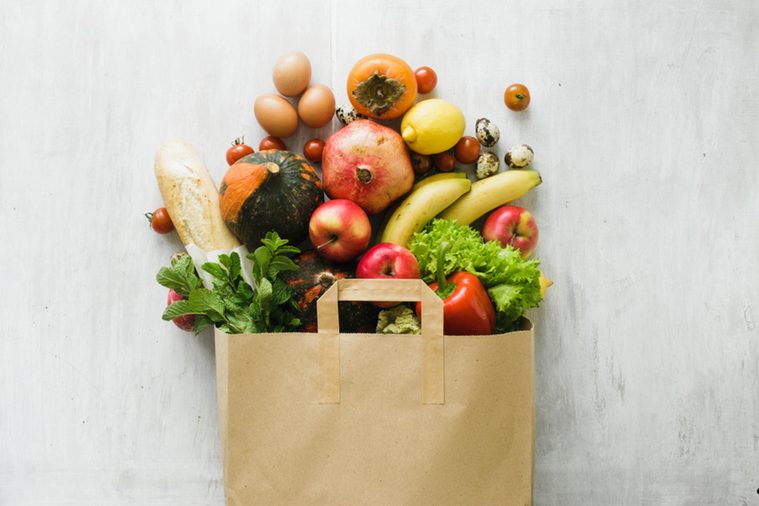
Trim the fat
A handful of studies suggest that low-fat diets may reduce your risk of breast cancer. “Try to limit your saturated fat intake to less than 10 percent of your total calories per day, and limit your fat intake to about 30 grams per day,” breastcancer.org advises. Here are 37 ways to reduce your risk for every type of cancer.
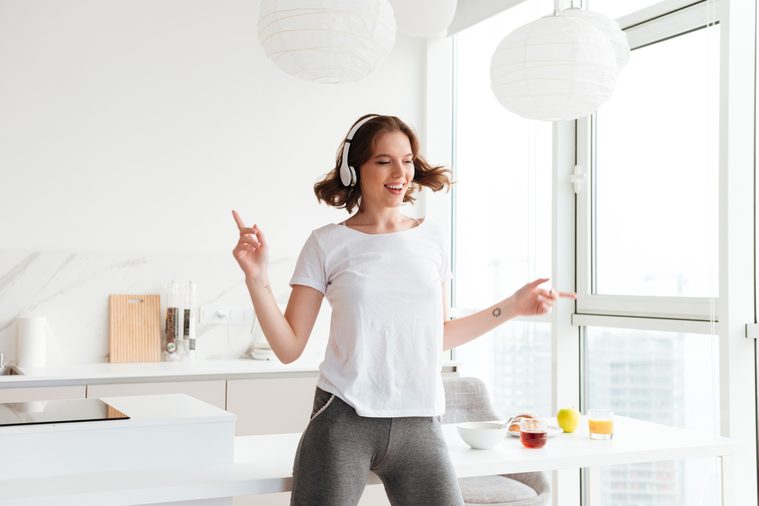
Dance like no one is watching
You don’t need to be an athlete to get the breast cancer reduction benefits of exercise, says Dr. McTiernan. “Activities like brisk walking, biking, dancing, or any exercise that raises your heart rate and makes you sweat will be beneficial.”
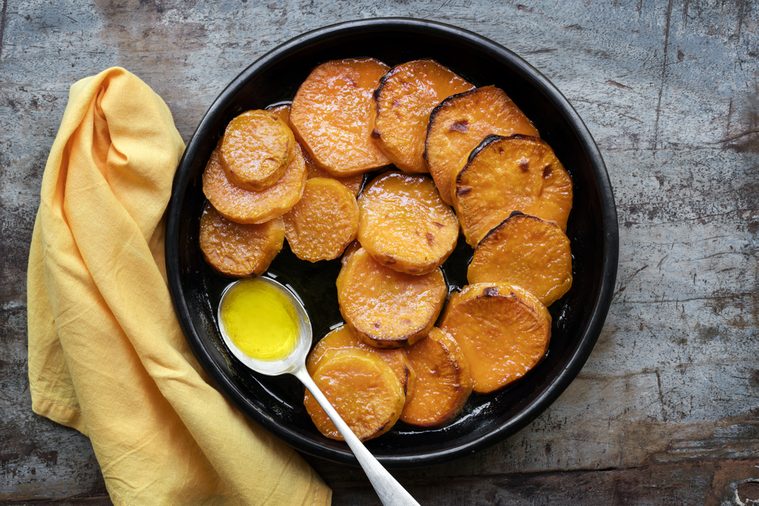
Don’t believe the hype about bioidentical hormones
Many celebrities and natural health enthusiasts claim that bioidentical hormones—made from yams and soy—can relieve the symptoms of menopause such as hot flashes without increasing risk for breast cancer and other conditions seen with HRT. But “bioidentical hormones” and hormonal creams and gels are no safer than prescription hormones and should be avoided,” says Dr. McTiernan.
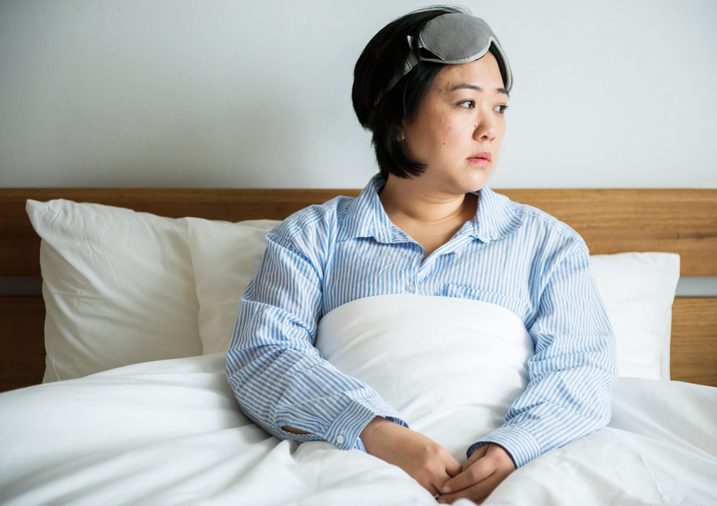
Sleep tight
Getting too much light at night, going to sleep after midnight, and waking up more than twice a night all seem to increase breast cancer risk, finds a study of Chinese women published in the European Journal of Cancer Prevention. It is too early to say for sure that poor sleep habits play a role in causing breast cancer, but “adequate sleep is six to eight hours per night. Both too little and too much shortens your longevity,” says Dr. Goldman. Next, find out about recent groundbreaking cancer research.
